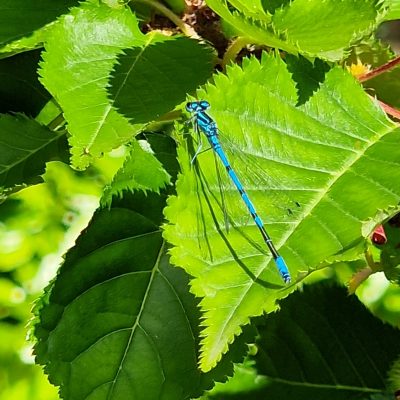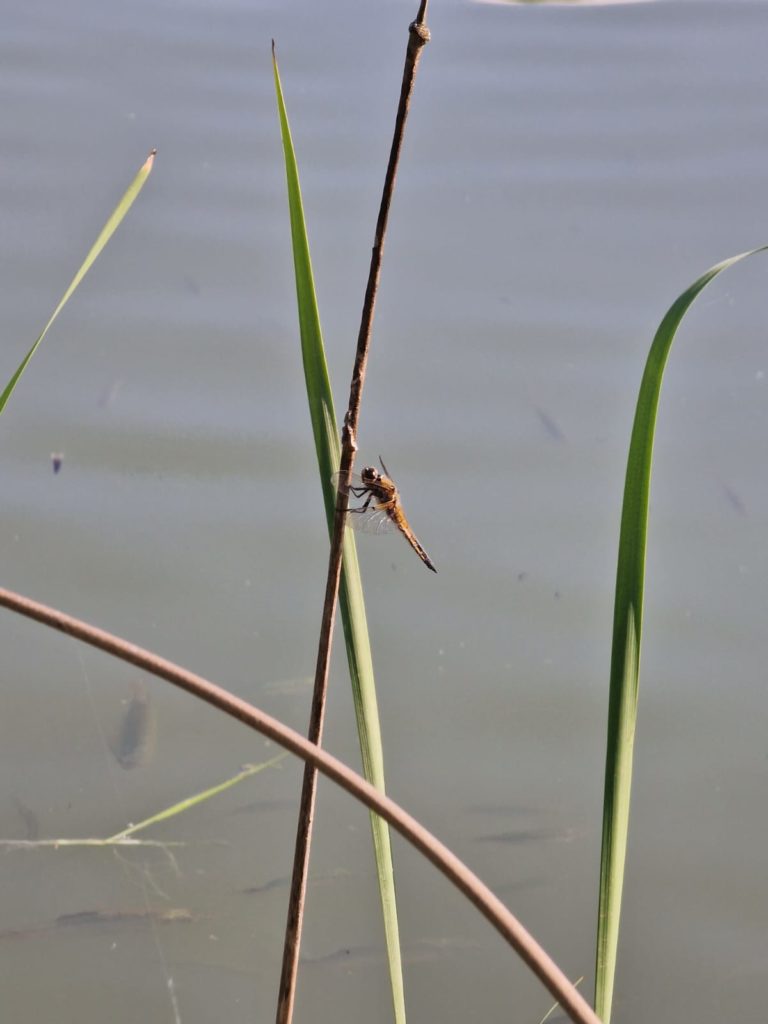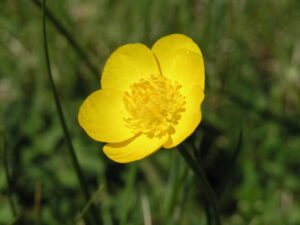
Here at Rockingham Forest Park, you will be able to visit our woods and beautiful lakes. Here you will be able to see the many species of magical dragonflies and damselflies that call us home. Read below to find out more about our beautiful, winged friends.
The dragonfly is a flying insect in the sub-order Anisoptera, this means unequal winged. Although the term ‘dragonflies’ can be used to describe the whole order Odonata (which in Greek means ‘toothed one), which also includes ‘Damselflies’ known as the sub-order Zygoptera.
Around 300 million years ago, dragonflies were one of the first winged insects to evolve. The ones you see today have a wingspan of around 2-5 inches, whereas dragonflies that were found as fossils had been found with a wingspan of up to two feet! There is a theory that some scientists think that high oxygen levels during the Palaeozoic era is what made them grow to this size.
They spend most of their lives underwater, this is called the larval stage – this can last up to 2 years. They will eat anything from larvae to tadpoles. At the end of this stage, the dragonfly will emerge out of water. Its exoskeleton will open to release the abdomen, the wings will come out to harden and dry, this process can take somewhere between hours and days. Depending on the dragonfly, they can have a life span ranging from a few weeks up to a year.
You may see some of the smaller, colourful ones flying around, usually in numbers, these are called damselflies. They are a part of the dragonfly family, but there are ways to tell the difference between them.
Below you will see some comparisons of what makes these species different from one another.



Damselflies
Tend to be smaller with a thinner abdomen.
Their flight is slower and weaker than a dragonfly
They have wings that are equal shape and size
Their eyes are always separated
When they are resting, they hold their wing close along the length of their bodies
Dragonflies
Larger and more robust.
They have strong, fast, and agile flight
When resting, their wings are held at right angle to their body.
Their front wings are different from their hind wings.
Their eyes meet at the top of the head, appear as one and are larger.

Written by
Kayleigh Marshall








